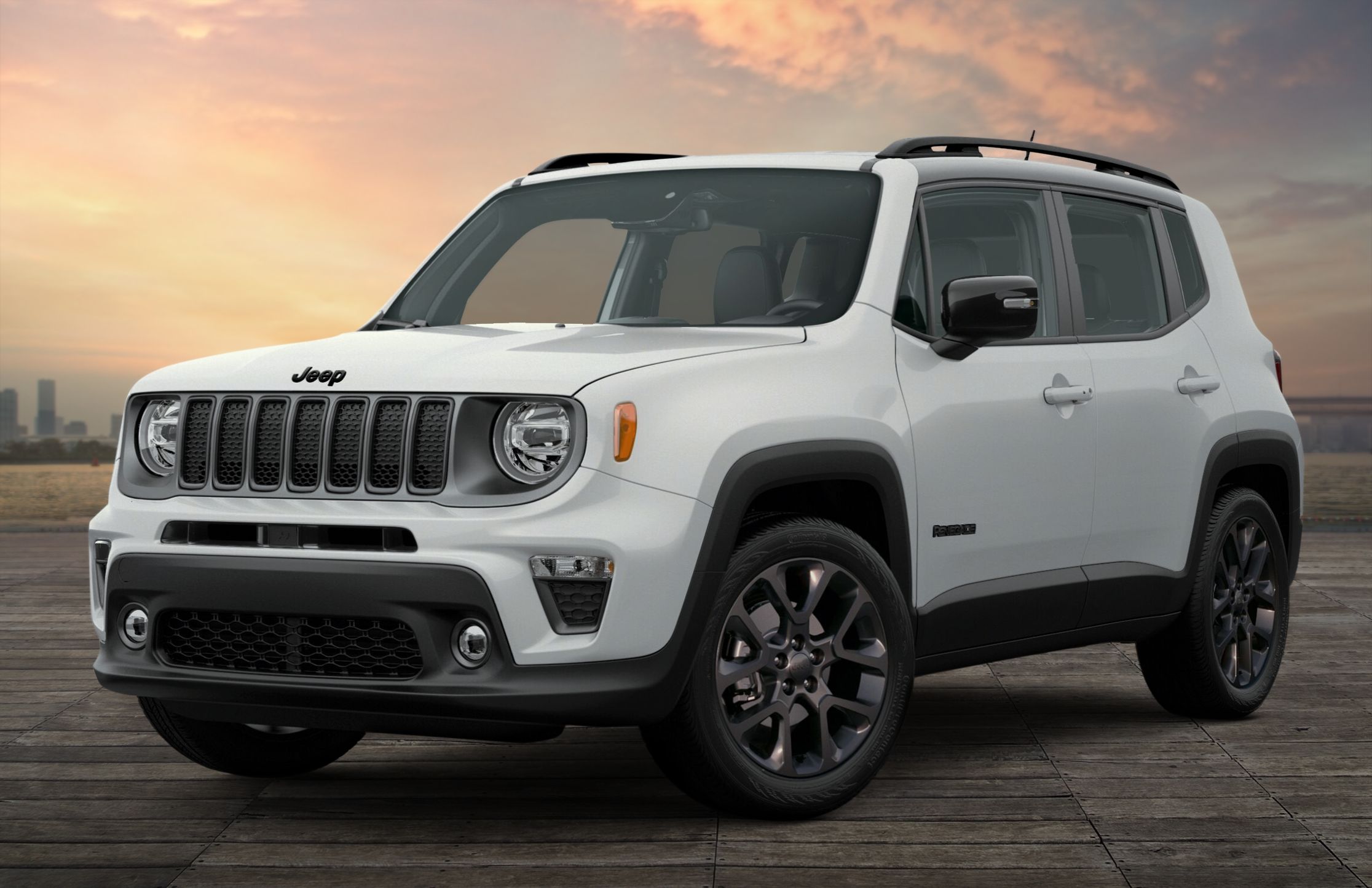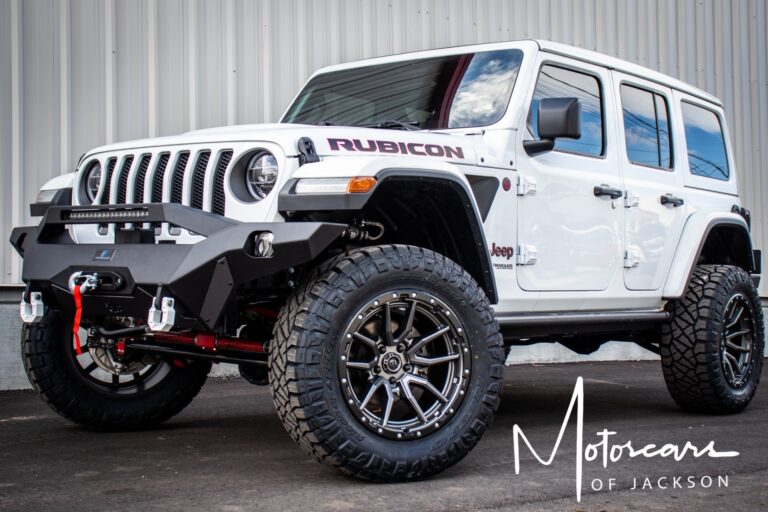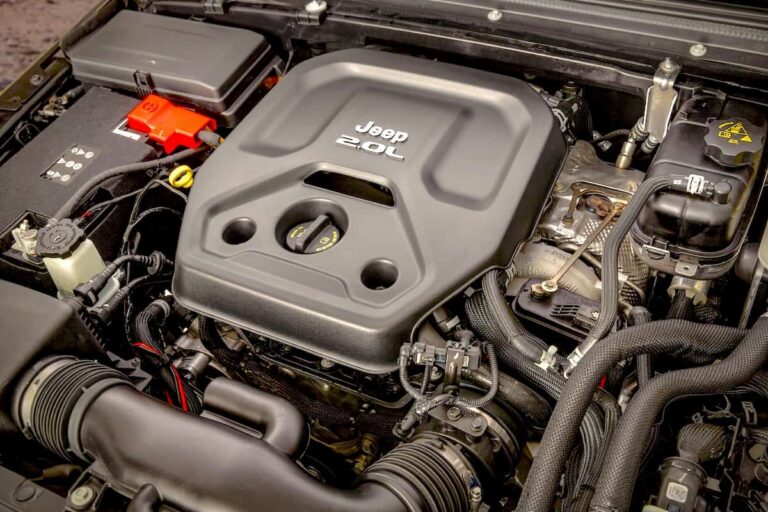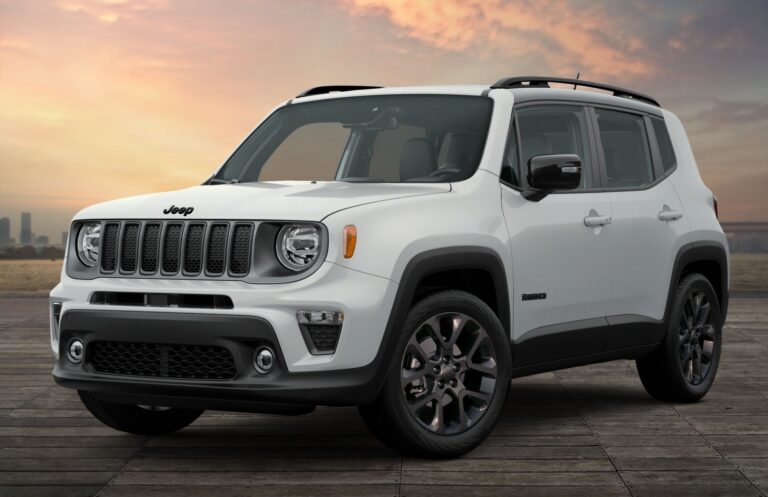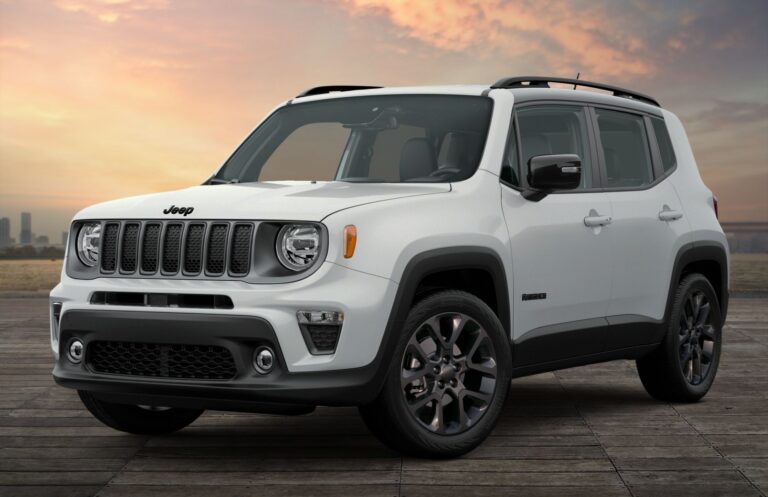Jeep Eliminator For Sale: Your Ultimate Buyer’s Guide
Jeep Eliminator For Sale: Your Ultimate Buyer’s Guide jeeps.truckstrend.com
The very mention of "Jeep Eliminator" conjures images of a rugged, capable, and uniquely styled pickup truck that stands apart in the pantheon of classic American vehicles. More than just a workhorse, the Jeep Eliminator, a special trim of the iconic Jeep Comanche (MJ), represents a rare blend of utility, performance, and distinctive styling. For enthusiasts and collectors alike, finding a Jeep Eliminator for sale isn’t just about acquiring a vehicle; it’s about owning a piece of automotive history, a testament to an era when Jeep dared to build a compact pickup that was as comfortable on the trail as it was hauling a load. This comprehensive guide aims to arm you with all the knowledge needed to navigate the exciting, yet often challenging, journey of finding and purchasing your ideal Jeep Eliminator.
The Legend of the Jeep Eliminator: What Makes It Special?
Jeep Eliminator For Sale: Your Ultimate Buyer’s Guide
To understand the allure of the Jeep Eliminator, one must first appreciate its lineage. Born from the highly successful Jeep Cherokee (XJ) platform, the Jeep Comanche (MJ) was produced from 1986 to 1992. It offered the beloved XJ’s unibody construction up to the cab, combined with a traditional ladder frame rear section for the pickup bed, creating a unique hybrid design.
The Eliminator trim, introduced in 1988 and available through 1992, was the sportiest and most performance-oriented variant of the Comanche. It was designed to appeal to a younger, more active demographic, mirroring the trend of "sport trucks" of its time. What set the Eliminator apart wasn’t just its striking graphics and distinctive badging; it often came equipped with the more powerful 4.0-liter inline-six engine (either the Renix or the later High Output version), a sportier interior with bucket seats, a full gauge cluster, and often, more robust drivetrain components. Many Eliminators were factory-equipped with the highly desirable Dana 44 rear axle, a significant upgrade over the standard Dana 35, enhancing its off-road prowess and durability. Its relatively short production run and unique position as Jeep’s last true pickup truck (until the Gladiator’s return) have cemented its status as a sought-after classic.
Key Considerations When Buying a Jeep Eliminator
Purchasing a vintage vehicle like the Jeep Eliminator requires careful consideration of several factors. Given their age, most will have varying degrees of wear and tear, and understanding what to look for can save you significant time and money.
Condition is King: Rust, Mechanics, and More
Rust is arguably the biggest enemy of any classic Jeep, and the Comanche is no exception. Pay close attention to:
- Frame and Unibody: Inspect the frame rails, especially where the unibody meets the frame at the mid-point, as well as the front unibody rails.
- Cab Corners and Rocker Panels: These areas are notorious for rust accumulation.
- Bed Floor and Wheel Wells: Check for rot, especially if the truck was used for hauling corrosive materials or lived in a snowy climate.
- Mechanical Components: Thoroughly inspect the engine for leaks, listen for unusual noises, and check the condition of fluids. Evaluate the transmission (manuals should shift smoothly, automatics should engage crisply), transfer case, axles, and suspension.
- Electrical System: Ensure all lights, gauges, windows, and accessories function correctly. Faulty wiring can be a nightmare to diagnose.
- Interior: While cosmetic, a well-preserved interior indicates a vehicle that has been cared for. Look for rips, tears, dashboard cracks, and missing trim pieces.

Originality vs. Modifications
Decide whether you want an original, unmolested classic or a modified rig.
- Original: These are typically more valuable to collectors. Look for original paint, graphics, wheels, and interior components. Any modifications should be reversible.
- Modified: Many Eliminators have been lifted, re-geared, or had engine/drivetrain upgrades. While this can enhance off-road capability, ensure modifications were done professionally and don’t compromise reliability or safety. Understand the purpose of the modifications and if they align with your intended use.
Engine Options: 4.0L HO, Renix, or 2.5L?
The 4.0L inline-six is the most desirable engine.
- 4.0L High Output (HO): Found in 1991-1992 models, offering 190 hp and known for its robust performance and reliability.
- 4.0L Renix: Found in 1988-1990 models, slightly less powerful (177 hp) but still very capable. It uses a different fuel injection system that requires specific diagnostic tools.
- 2.5L 4-Cylinder: Less common in Eliminators, offering lower power but better fuel economy. Only consider if fuel economy is paramount and performance is not.
Transmission Types: Manual (AX-15, BA-10/5) vs. Automatic (AW4)
- AW4 Automatic: A highly durable and reliable Aisin-Warner unit, often preferred for daily driving and crawling.
- AX-15 Manual: A robust 5-speed manual, standard with the 4.0L in later models. A great choice for those who prefer rowing their own gears.
- BA-10/5 Manual: An earlier, less robust 5-speed manual found in some 1988-1989 models. If you find one with this transmission, factor in a potential upgrade to an AX-15 down the line.
Axles: Dana 35 vs. Dana 44 (Rear)
The Dana 44 rear axle is a significant upgrade and highly sought after for its strength. Many Eliminators came with it, especially 4×4 versions. Confirm its presence if you plan on serious off-roading or larger tires.
4×4 vs. 2×4
While 4×4 Eliminators are more common and generally more desirable due to their off-road capability and higher resale value, 2×4 versions exist and can be excellent daily drivers or street trucks.
Documentation and History
A vehicle with a clear title, maintenance records, and proof of ownership history is always preferable. Ask for service receipts, original window stickers, and any previous owner’s notes. This provides insight into how well the vehicle has been cared for.
Where to Find a Jeep Eliminator For Sale
Finding an Eliminator can be a treasure hunt. Here are the most common avenues:
- Online Marketplaces & Auction Sites:
- eBay Motors: A wide variety, from projects to pristine examples.
- Bring a Trailer (BaT) / Cars & Bids: These auction sites specialize in enthusiast vehicles and often feature well-documented, higher-quality examples. Be prepared for competitive bidding.
- Facebook Marketplace / Craigslist: Local listings can yield hidden gems, but require more caution and in-person inspection.
- Dedicated Jeep Forums and Facebook Groups:
- Jeep Comanche MJ Forums/Groups: Communities like the "Jeep Comanche Club" forums or various Facebook groups are excellent resources. Owners often sell directly to enthusiasts, ensuring the vehicle goes to a good home.
- Classic Truck & Jeep Dealerships: Some specialized dealerships might occasionally have an Eliminator in their inventory, often at a higher price point but potentially reconditioned.
- Classic Car Auctions: Larger auction houses might feature a well-preserved Eliminator, but these are rare occurrences.
- Word-of-Mouth: Let friends, family, and local mechanics know you’re looking. Sometimes the best deals come from unexpected places.
The Buying Process: Tips for a Smooth Transaction
Once you’ve found a potential candidate, follow these steps to ensure a confident purchase:
- Research Market Values: Use completed sales data from auction sites and classifieds to understand the current market value based on condition, mileage, and features.
- Thorough Inspection: If possible, inspect the vehicle in person. Bring a knowledgeable friend or, better yet, arrange a Pre-Purchase Inspection (PPI) by an independent mechanic specializing in older Jeeps or domestic trucks. This is crucial, especially if buying remotely.
- Test Drive: Drive the truck extensively. Listen for unusual noises from the engine, transmission, and drivetrain. Test the brakes, steering, and all electrical components. Try 4WD if applicable.
- Negotiation: Be prepared to negotiate. Use any identified flaws or necessary repairs as leverage. Don’t be afraid to walk away if the price isn’t right or if the seller is unwilling to address concerns.
- Clear Title and Paperwork: Ensure the seller has a clear, transferable title. Verify the VIN on the title matches the vehicle. Understand your state’s requirements for registration and sales tax for older vehicles.
- Transportation: If buying out of state, plan for transportation. Open or enclosed car haulers are common options. Get quotes in advance.
Restoration vs. Daily Driver vs. Project
Your intended use for the Jeep Eliminator will heavily influence your buying decision:
- Show-Quality Restoration: If your goal is a concourse-level vehicle, seek out the most original, rust-free example you can find. Be prepared for a significant investment in time and money for a full restoration.
- Reliable Daily Driver: Look for a well-maintained, mechanically sound truck. Minor cosmetic flaws are acceptable, but focus on the engine, transmission, and rust-free chassis. Factor in immediate maintenance items like tires, brakes, and fluid changes.
- Weekend Off-Roader/Project Truck: You can start with a rougher example, but prioritize a solid, rust-free frame and a good drivetrain. Be ready to tackle mechanical repairs and modifications yourself, or budget for professional work. This path offers the most customization but also the most potential for unexpected costs.
Price Guide: Jeep Eliminator For Sale (Estimated Ranges)
It’s important to note that prices for classic vehicles like the Jeep Eliminator are highly variable and depend on a multitude of factors including geographic location, market demand at the time of sale, and the specific trim/options. The table below provides estimated ranges based on general condition categories. These are not definitive prices but rather a guide to help you budget.
| Condition Category | Estimated Price Range (USD) | Key Factors Influencing Price |
|---|---|---|
| Project/Parts Truck | $1,500 – $5,000 | Significant rust, non-running engine, major mechanical issues, incomplete. Best for parts or a full frame-off restoration. |
| Driver Quality | $5,000 – $12,000 | Runs and drives, functional, but shows wear and tear. May have minor rust, faded paint, worn interior, or require deferred maintenance. Suitable for daily driving with some TLC. |
| Good Condition | $12,000 – $25,000 | Well-maintained, minimal rust, presentable paint (original or older repaint), solid interior. All major systems functional. May have minor flaws consistent with age. |
| Excellent Condition | $25,000 – $40,000+ | Near-showroom quality, very low mileage, professionally restored, or exceptionally well-preserved original. No significant rust, excellent paint, pristine interior. Highly sought after by collectors. |
| Show Quality/Concours | $40,000 – $70,000+ | Flawless, often professionally restored to original specifications or exceptionally rare, low-mileage original examples. Often wins awards. Very rare to find. |
Disclaimer: These prices are highly subjective and can fluctuate significantly based on factors like:
- Engine Type: 4.0L HO generally commands a premium.
- Drivetrain: 4×4 models are usually more valuable than 2×4.
- Axles: Presence of a factory Dana 44 rear axle adds value.
- Originality: Unmodified, well-documented originals fetch higher prices.
- Location: Market demand can vary by region.
- Recent Sales Data: Always check current listings and recent auction results for the most up-to-date market trends.
Frequently Asked Questions (FAQ)
Q1: What years was the Jeep Eliminator produced?
A1: The Eliminator trim was available from 1988 to 1992, the final year of the Jeep Comanche’s production.
Q2: Is the Jeep Eliminator rare?
A2: While not exceedingly rare in comparison to some limited-production vehicles, the Eliminator trim was a higher-end option and represents a smaller percentage of total Comanche production. Finding one in excellent, unmolested condition is increasingly rare.
Q3: What’s the best engine for a Jeep Eliminator?
A3: The 4.0-liter inline-six engine is widely considered the best choice for its reliability, power, and abundance of aftermarket support. The High Output (HO) version (1991-1992) offers slightly more power.
Q4: Are parts hard to find for the Jeep Comanche/Eliminator?
A4: Many mechanical parts are shared with the highly popular Jeep Cherokee (XJ) of the same era, making them relatively easy to find. Body panels, especially the bed and cab sections, and specific interior trim pieces are unique to the Comanche and can be more challenging to source. Aftermarket support for common upgrades (lift kits, bumpers) is extensive.
Q5: What’s the main difference between an Eliminator and a regular Comanche?
A5: The Eliminator was a specific trim package, typically including unique exterior graphics, sportier bucket seats, a full gauge cluster, and often came standard with the 4.0L engine and sometimes the stronger Dana 44 rear axle. Other Comanches had varying trim levels from basic work trucks to more luxurious Laredo or Pioneer models.
Q6: Can I use a Jeep Eliminator for serious off-roading?
A6: Absolutely! Based on the robust Cherokee XJ platform, and especially when equipped with the 4.0L engine, 4×4, and Dana 44 axle, the Eliminator makes for a highly capable off-road vehicle. Its pickup bed also adds versatility for carrying gear.
Conclusion
The Jeep Eliminator stands as a compelling and unique chapter in Jeep’s storied history. Its combination of classic Jeep capability, pickup truck utility, and distinctive sport truck styling makes it a highly desirable vehicle for enthusiasts, collectors, and those simply seeking a piece of rugged American automotive heritage. The journey to finding a Jeep Eliminator for sale can be an adventure in itself, but armed with the knowledge of what makes these trucks special, what to look for, and where to find them, you’ll be well-prepared. Patience, thorough inspection, and a clear understanding of your goals will ultimately lead you to the perfect Eliminator that will serve as a faithful companion for years to come, whether on the road, the trail, or as a cherished classic in your collection.
